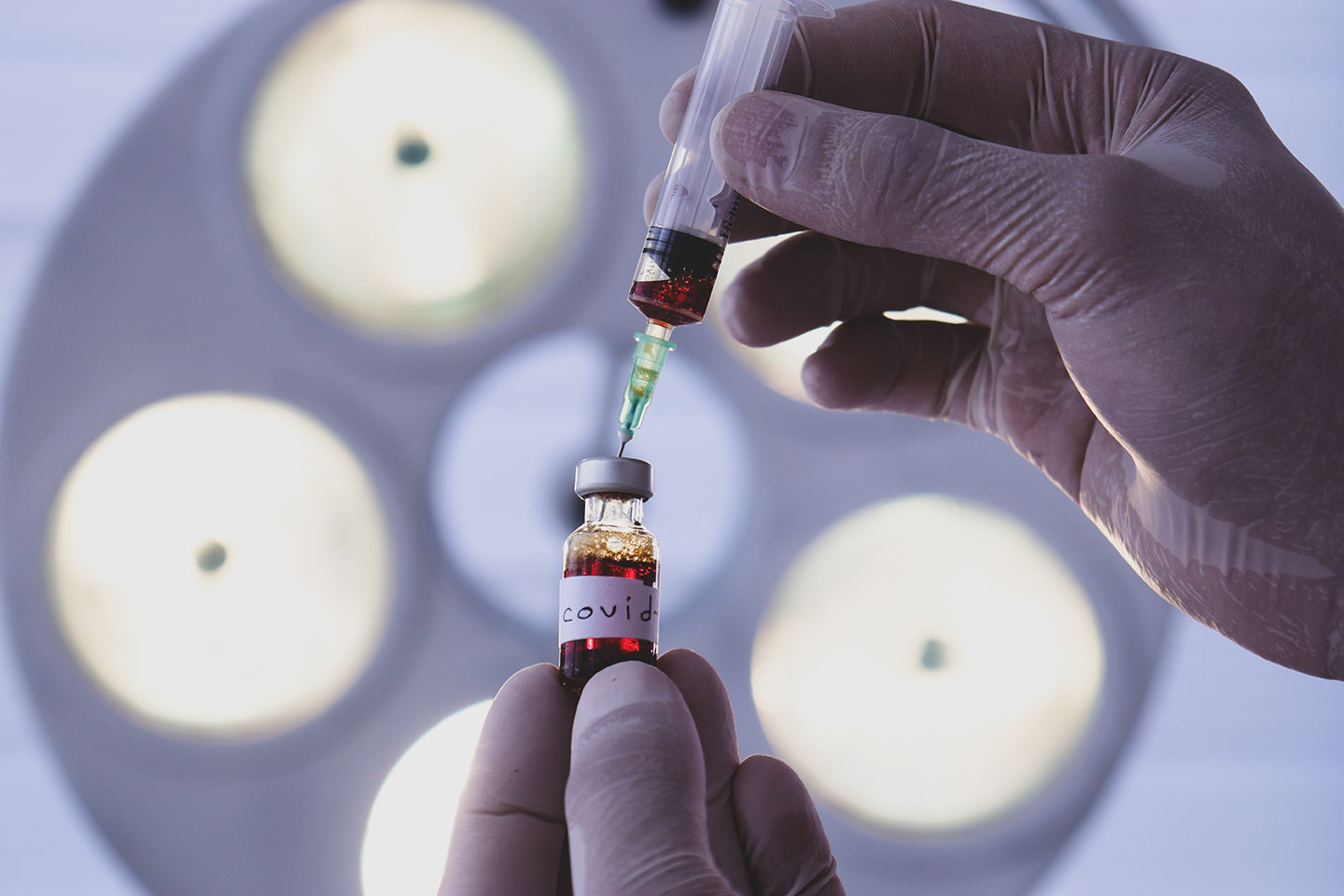Is it safe to mix and match COVID-19 vaccines?
Mixing COVID-19 is being proposed in some countries but is it safe to do so, and how do our immune systems react?
- 28 May 2021
- 5 min read
- by Priya Joi

As the COVID-19 vaccine rollout is well underway, some countries are starting to think about mixing vaccine products, where one vaccine is given as the first shot and a second vaccine of a different type and different manufacturer is given several weeks later.
Mixing vaccine products could be a good idea for many reasons. Supply bottlenecks have led to shortages in several countries, so being able to mix vaccines from different manufacturers may reduce the pressure on vaccine supply. Moreover, it there is some preliminary evidence to suggest that it could also potentially lead to a stronger immune response compared to two doses of the same vaccine. Some countries are planning to mix vaccines because of supply shortages or concerns over rare side effects of some products.
AstraZeneca are now testing whether using a first dose of its vaccine and a second dose of Ad26 Sputnik vaccine would work.
Lessons learned from HIV and Ebola
Mixing doses of different vaccines might sound unusual, but for immunologists it’s nothing new. HIV researchers have long been exploring this for HIV vaccination. This is because protecting against the HIV virus requires a complex immune reaction that would be near impossible to achieve with one type of vaccine as they tend to produce only one type of immune reaction or stimulate one set of immune cells. Although we don’t yet have an effective HIV/AIDS vaccine, in 2012 the most effective one developed so far used a combination of different vaccine types.
The Ebola vaccine developed by Johnson & Johnson is an example of an effective mixed-product vaccine in use today. It was chosen to provide long-lasting immunity. The first shot uses the same adenovirus vector as AstraZeneca’s vaccine, and the second uses a modified version of a poxvirus called Modified vaccinia virus Ankara (MVA).
Mixing doses to boost our immune system
Earlier this year, the makers of the AstraZeneca vaccine looked at combining a first shot of its vaccine with a second shot of Russia’s Sputnik V vaccine. Both vaccines use an adenovirus (one of the causes of the common cold) as a delivery system to deliver the SARS-CoV-2 antigen into our bodies and cells; but in doing so our immune system can build immunity not just to COVID-19, but also respond to the adenovirus that is being used as a vehicle. This means that after a second dose of the same vaccine, our bodies may have antibodies against the adenovirus component which could neutralise the vaccine, making the second shot less effective.
Have you read?
The Sputnik V vaccine seems to have avoided this issue by using two different adenoviruses for each dose – Ad5 and Ad26. AstraZeneca are now testing whether using a first dose of its vaccine and a second dose of Ad26 Sputnik vaccine would work.
But what about using two entirely different vaccines types, such as following an adenovirus vector vaccine, like AstraZeneca’s, with an mRNA vaccine like the Pfizer–BioNTech vaccine as the second shot? Last month, the CombivacS study in Spain found that people who received a first dose of the Oxford-AstraZeneca vaccine followed by a booster with the Pfizer-BioNTech vaccine seem to have had a much stronger immune response than those who had received two doses of the AstraZeneca vaccine.
Besides the potentially positive impact on the immune system, another possible added bonus of mixing vaccines could be to prevent vaccines from being rendered less effective in the face of new variants. As the virus mutates, the part of it that a vaccine targets could change, which could make the vaccine less effective. But if there are two vaccines that target different parts of the virus, it gives our immune system more than one weapon in its arsenal.
Keeping an eye on side-effects
Although there is precedence for mixing vaccine types and there is a sound scientific basis for doing so, mRNA vaccines have only been approved for the first time for COVID-19. This means we have no track record of what happens when used in combination with adenovirus vaccines. This is why researchers are calling for careful studies to test different vaccine combinations, paying special attention not only to their ability to boost immunity but also to any additional potential side effects.
Earlier this month, the Oxford Vaccine Group’s Com-Cov trial analysed different vaccine combinations to test immune responses. They found that people who had the AstraZeneca vaccine first followed by the Pfizer-BioNTech vaccine, or the other way around, had more ‘reactogenicity’, i.e side effects such as fever, chills, headache, muscle fatigue and joint pain compared with people who had two doses of one type of vaccine.
They note that no-one needed to be hospitalised because these symptoms were short-lived, but add that this data was from people 50 years or older, and that symptoms from mixing vaccines could be more severe in younger people. They are continuing to analyse combinations of the AstraZeneca, Moderna’s mRNA or Novavax vaccines.









